New York State has coastlines on both Lake Erie and Lake Ontario. Although our freshwater resources are abundant, the surrounding ecosystems which directly impact the health of the Great Lakes are fragile and must be protected.
Waterkeeper’s Great Lakes Mission
Buffalo Niagara Waterkeeper’s advocacy mission is to work with partners, municipalities, and elected officials to ensure the health and protection of New York State’s Great Lakes and shoreline ecosystems.
Our freshwater coastal environments are increasingly vulnerable as climate change causes higher precipitation levels and increased frequency of severe storms, resulting in negative impacts on the water quality and the surrounding ecosystems. As a state with not just one, but two Great Lake shorelines, we are a dedicated guardian for the protection of the entire Great Lakes which provides drinking water, recreational opportunities, and unique and critical freshwater habitats found in few places on the planet.
With this in mind, we combine our annual Spring Sweep to join the Great Lakes CleanUP, which sees 18 other organizations work to remove trash from around the Great Lakes Basin. This joint effort helps stop thousands of pounds of litter from polluting waterways so the Great Lakes can continue to be a drinking water resource for over 40 million people. See how we lead this region-wide stewardship event here.
Homes
Lake Huron, Ontario, Michigan, Erie and Superior – HOMES – are the five Great Lakes in North America.
The entire Great Lakes basin which includes the rivers, creeks, and streams in Western New York draining into the Niagara River, are all connected to the ocean. Lake Superior, Michigan, and Huron drain into Lake Erie, flow over Niagara Falls and into Lake Ontario.
From there, freshwater flows through the Saint Lawrence seaway and into the Atlantic Ocean. Unlike the vast salt waters of the ocean that cover 70 percent of our planet, the Great Lakes provide the vital drinking water resources for over 40 million people throughout eight states and two Canadian provinces.
The Great Lakes Contain…
21
84
95
The Niagara River Watershed
A watershed is the area of land where water drains into a single water body.
The Niagara River is 37 mile strait long, beginning at Lake Erie in Buffalo and emptying out into Lake Ontario at Fort Niagara State Park. The entire watershed of 1.5 million acres encompasses five New York State counties, home to over 1.2 million people, and a wide diversity of birds, mammals, and aquatic life.
In March of 2019 the river was recognized as a Ramsar Wetland of International Importance, reinforcing the importance of Buffalo Niagara Waterkeeper’s advocacy work to protect and restore our freshwater resources.
Protecting Our Great Lakes
Heading out to the beach for a day of paddling or boating… Fishing along the shores… Enjoying a sunset… Turning on your faucet for a glass of water… The Great Lakes provide much more than aesthetic beauty or recreation. Lake Erie and Lake Ontario provide drinking water to 6.2 million New Yorkers.
As fortunate as we are to have these two vital bodies of water in our front yard, we also bear a great responsibility to protect them.
Our Great Lakes are hurting, and their health indicators are headed in the wrong direction. In 2020, our lakes still suffer from billions of gallons of raw sewage, increasing toxic algae blooms, and legacy and ongoing industrial pollution. Recent rollbacks in environmental protection for our nation’s waters and new policies that favor polluting industries and activities, have collectively put our communities and health at risk.
You can make the future brighter and our water cleaner. Your gift today is an investment in protecting our water as a basic human right.
If you have already made your gift, we are grateful for your support. If you have not yet given, we hope you will choose to stand with us as guardians for clean water, for the health of current and future generations.


